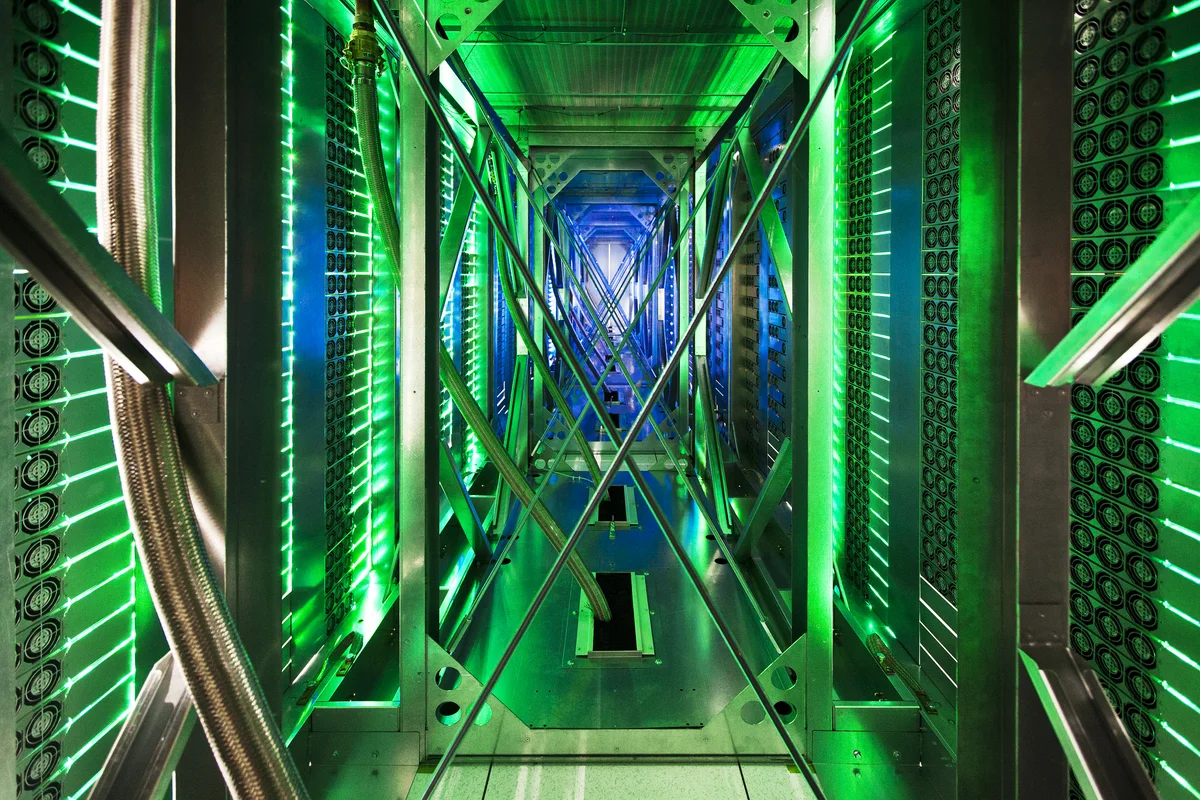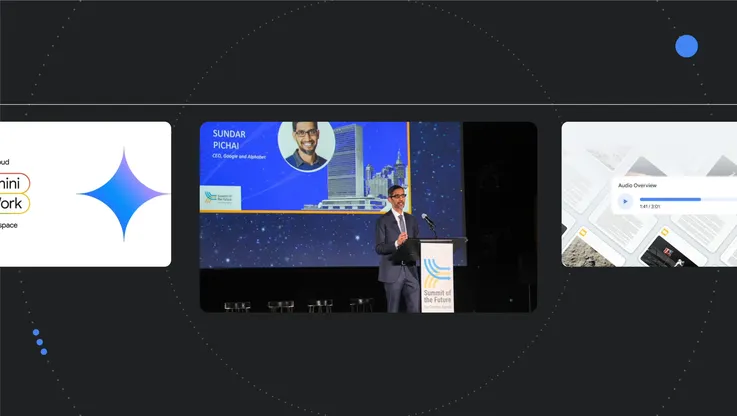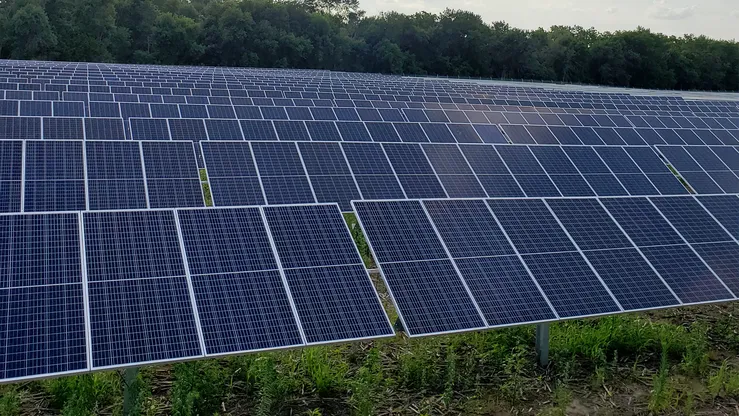Data centers are more energy efficient than ever

While Google is the world’s largest corporate purchaser of renewable energy, we’re also taking action on climate change by minimizing the amount of energy we need to use in the first place. For more than a decade, we’ve worked to make our data centers as energy efficient as possible. Today, a new paper in Science validated our efforts and those of other leaders in our industry. It found that efficiency improvements have kept energy usage almost flat across the globe’s data centers—even as demand for cloud computing has skyrocketed.
The new study shows that while the amount of computing done in data centers increased by about 550 percent between 2010 and 2018, the amount of energy consumed by data centers only grew by six percent during the same time period. The study’s authors note that these energy efficiency gains outpaced anything seen in other major sectors of the economy. As a result, while data centers now power more applications for more people than ever before, they still account for about 1 percent of global electricity consumption—the same proportion as in 2010.
What's more, research has consistently shown that hyperscale (meaning very large) data centers are far more energy efficient than smaller, local servers. That means that a person or company can immediately reduce the energy consumption associated with their computing simply by switching to cloud-based software. As the data center industry continues to evolve its operations, this efficiency gap between local computing and cloud computing will continue to grow.
Searching for efficiency
How are data centers squeezing more work out of every electron, year after year? For Google, the answer comes down to a relentless quest to eliminate waste, at every level of our operations. We designed highly efficient Tensor Processing Units, (the AI chips behind our advances in machine learning), and outfitted all of our data centers with high-performance servers. Starting in 2014, we even began using machine learning to automatically optimize cooling in our data centers. At the same time, we’ve deployed smart temperature, lighting, and cooling controls to further reduce the energy used at our data centers.
Our efforts have yielded promising results: Today, on average, a Google data center is twice as energy efficient as a typical enterprise data center. And compared with five years ago, we now deliver around seven times as much computing power with the same amount of electrical power.
By directly controlling data center cooling, our AI-powered recommendation system is already delivering consistent energy savings of around 30 percent on average. And the average annual power usage effectiveness for our global fleet of data centers in 2019 hit a new record low of 1.10, compared with the industry average of 1.67—meaning that Google data centers use about six times less overhead energy for every unit of IT equipment energy.







